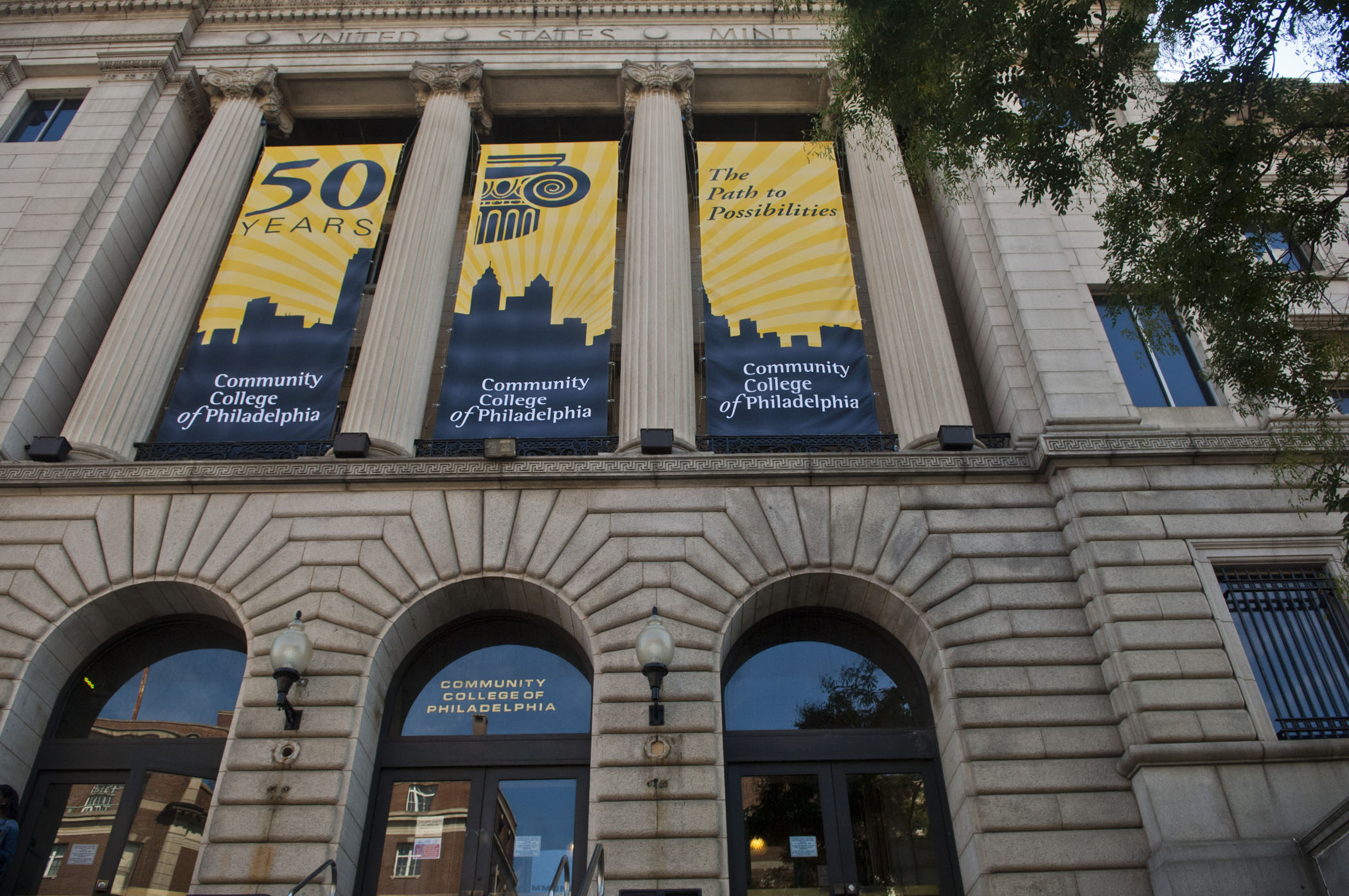
19130 Zip Code Project Honors Diversity
19130 program honors diversity.
In a city as diverse as Philadelphia, cultural sensitivity can be seen as a by-product of residency. But one local school is refusing to take it for granted.
Community College of Philadelphia's nursing program has renewed it's commitment to diversity and not only catering to the diverse student body it serves but ensuring that it's students are ready to work in the communities they live and work in.
One program in particular, the 19130 Zip Code Project, teaches students in the nursing school how to successfully perform their duties in environments they may not be familiar with.
Funded by Susan Sherman, President and CEO of the Independence Foundation, students to understand how cultures differ and how that affects patients' needs and quality care.
Carlos Rojas, a graduate of the program, says he benefited greatly from the 19130 Zip Code Project, growing up in a predominantly Latino community.
An immigrant from Peru, Rojas- a recent graduate from the nursing program stated that he was excited to have the opportunity to visit communities different from the one he grew up in.
"I grew up in a Latino community and going to different communities- the black community, the white community," Rojas said, "It helped to expose me to different ways people interacted and did things."
RELATED CONTENT
All Nursing students are required to work in the surrounding neighborhood as part of the nationally known The students receive valuable experience while learning how to foster relationships, communicate across language barriers and more.
But not only did the program prepare the students to work outside the classroom, Rojas states they got the assistance they needed inside the classroom as well, "Even though it was a two-year program, I enjoyed that the professors were really invested in making sure the students succeeded," Rojas stated.
Rojas went on to describe his experience as a student at the college, "I'm from Peru and English was my second language, so when we had to write a mandatory personal essay on the experience, if we had problems- any issues with the paper they would guide us to the English Learning Center and help us proofread our papers," Rojas said. "They were really preparing us for the next steps."
The Nursing program Rojas graduated from was as diverse as the city's own demographics, approximately 42 percent of students were white; 33 percent were African American; 9 percent were Asian and 6.5 percent were Hispanic. Of that class, 25 percent were males.
“The diversity of this generation of new healthcare workers will not only bring different perspectives to healthcare, but will also bring more knowledge of cultural differences than those students that sat in the classroom a decade ago,” said Dr. Mary Anne Celenza, dean of the College’s Division of Math, Science and Health Careers.


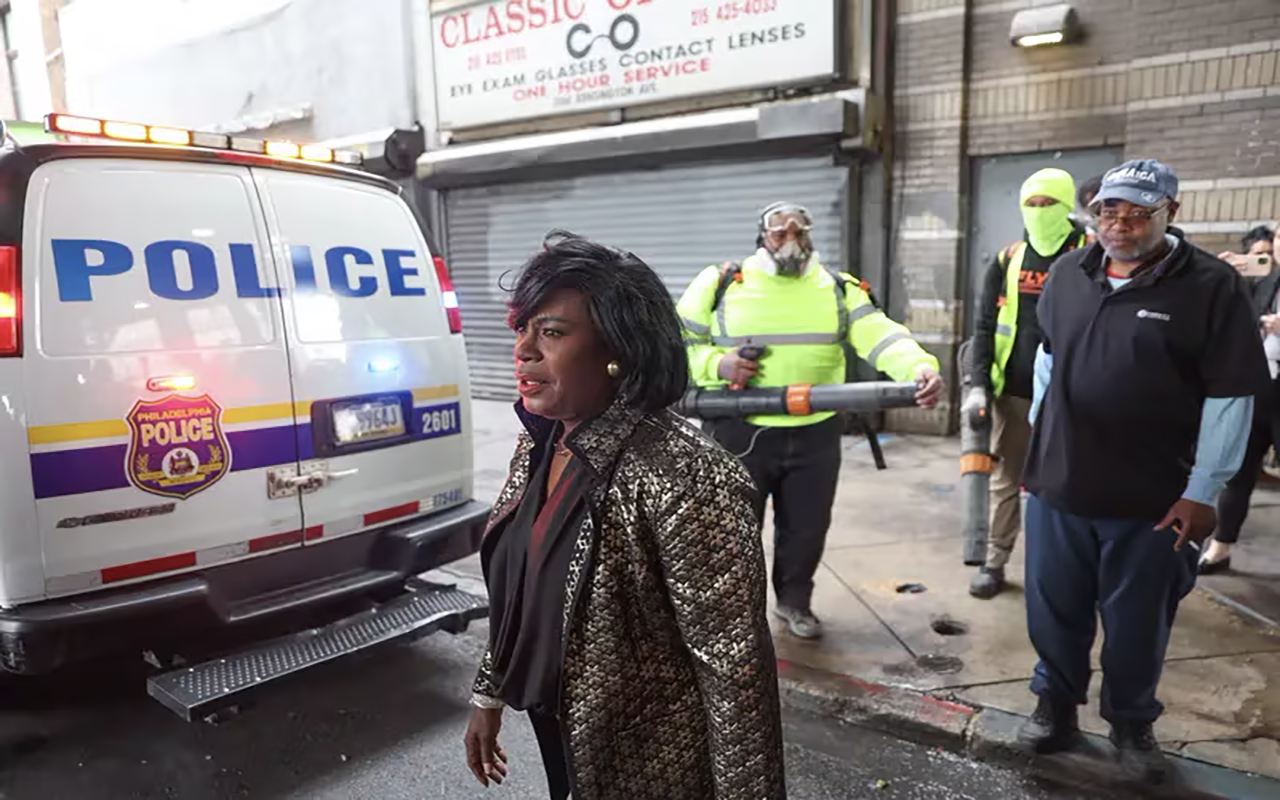
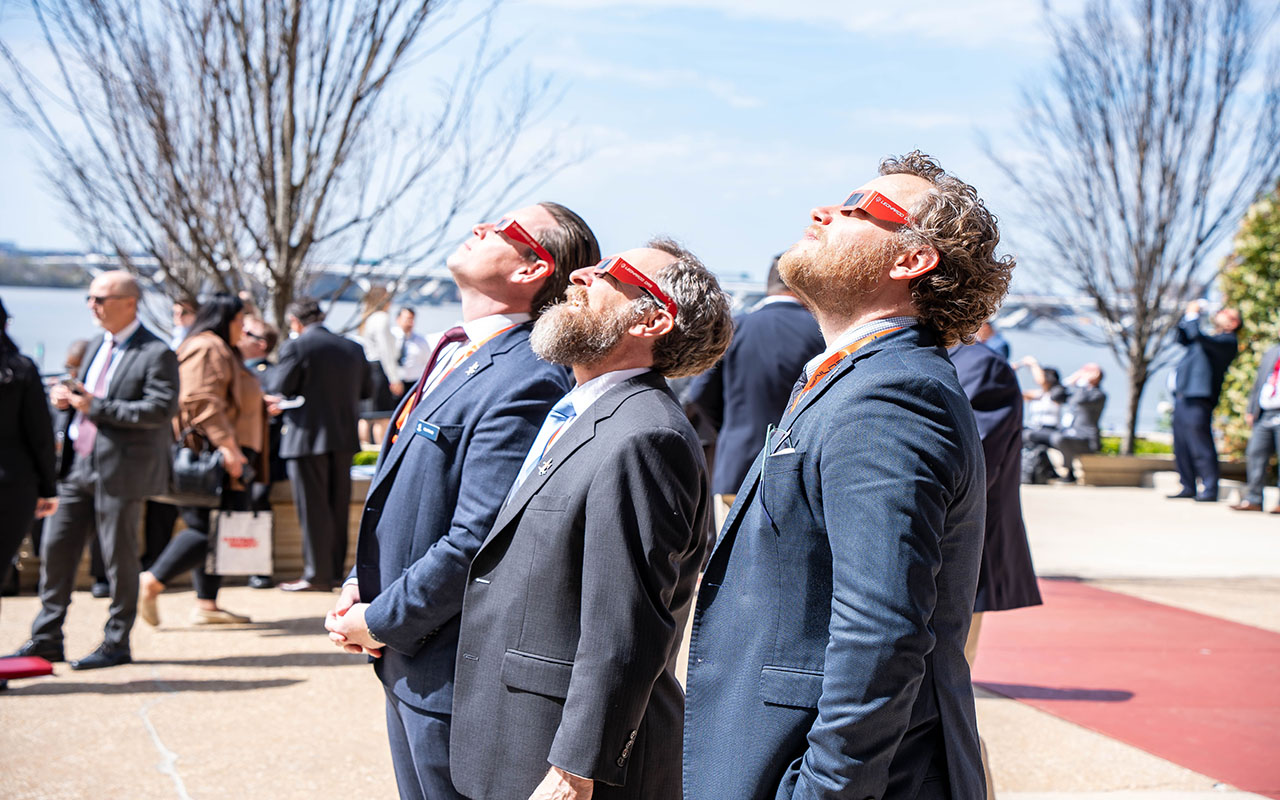


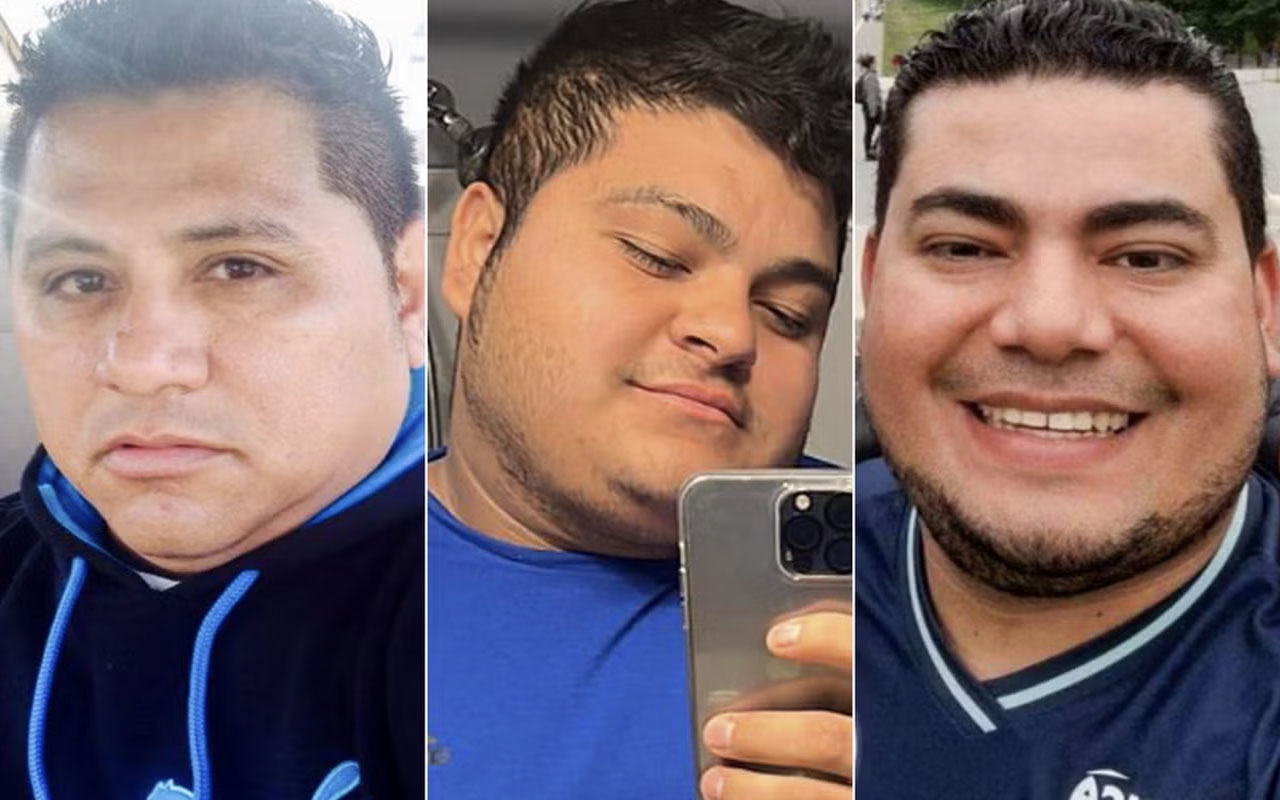
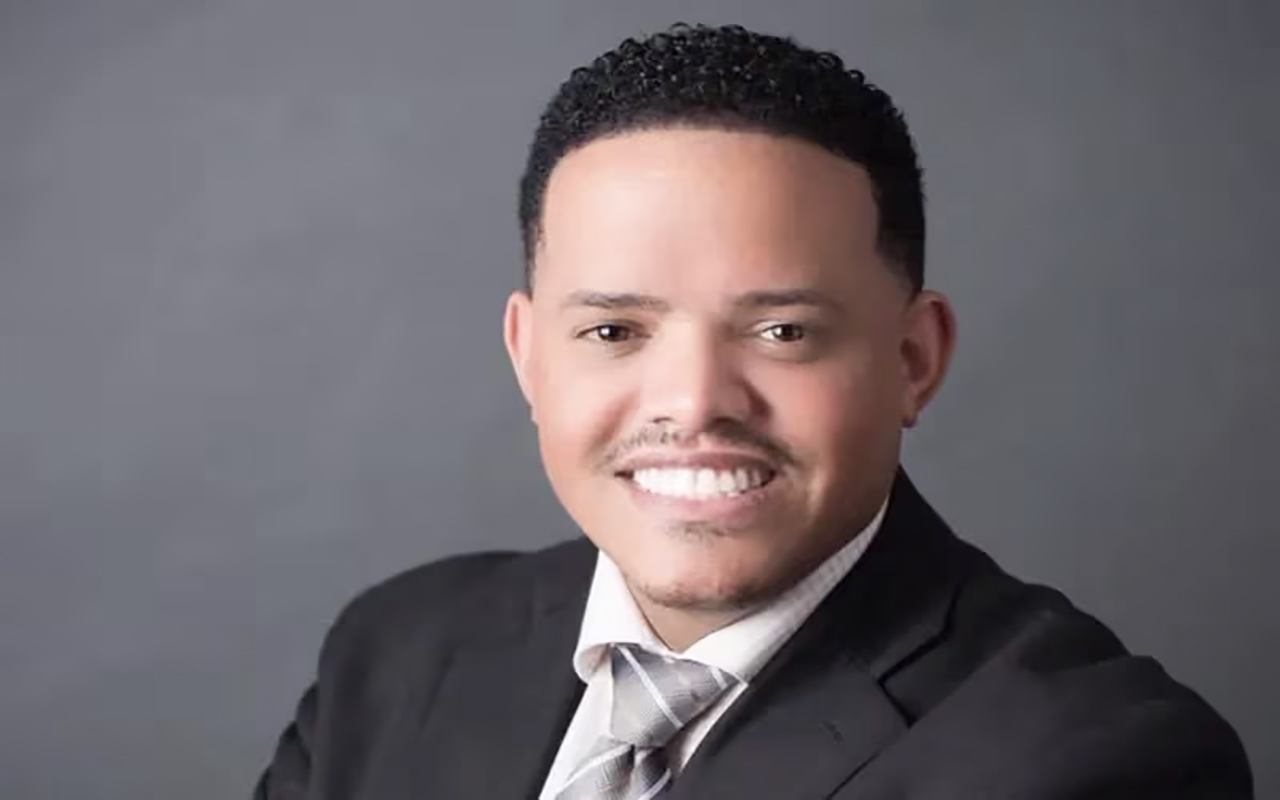
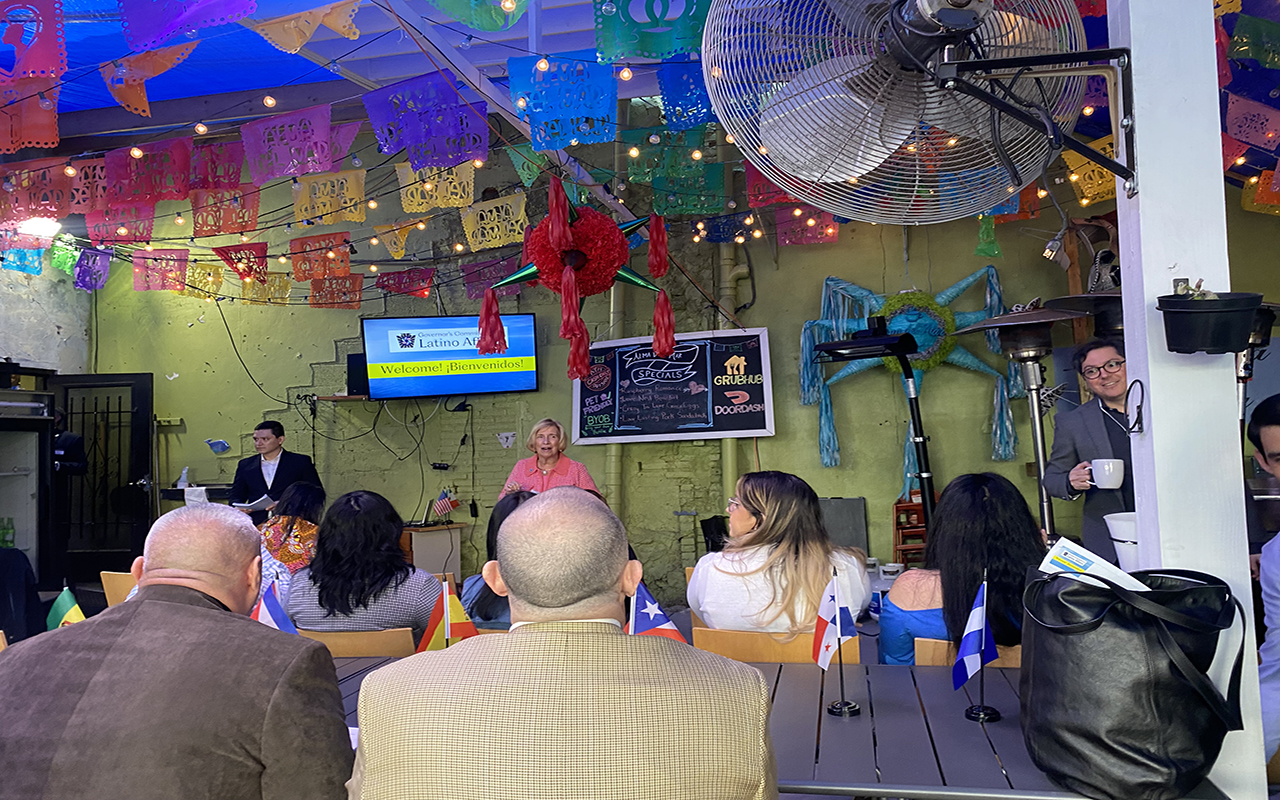

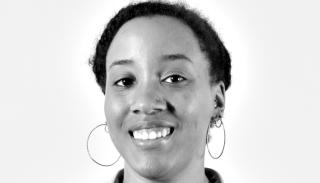
LEAVE A COMMENT:
Join the discussion! Leave a comment.